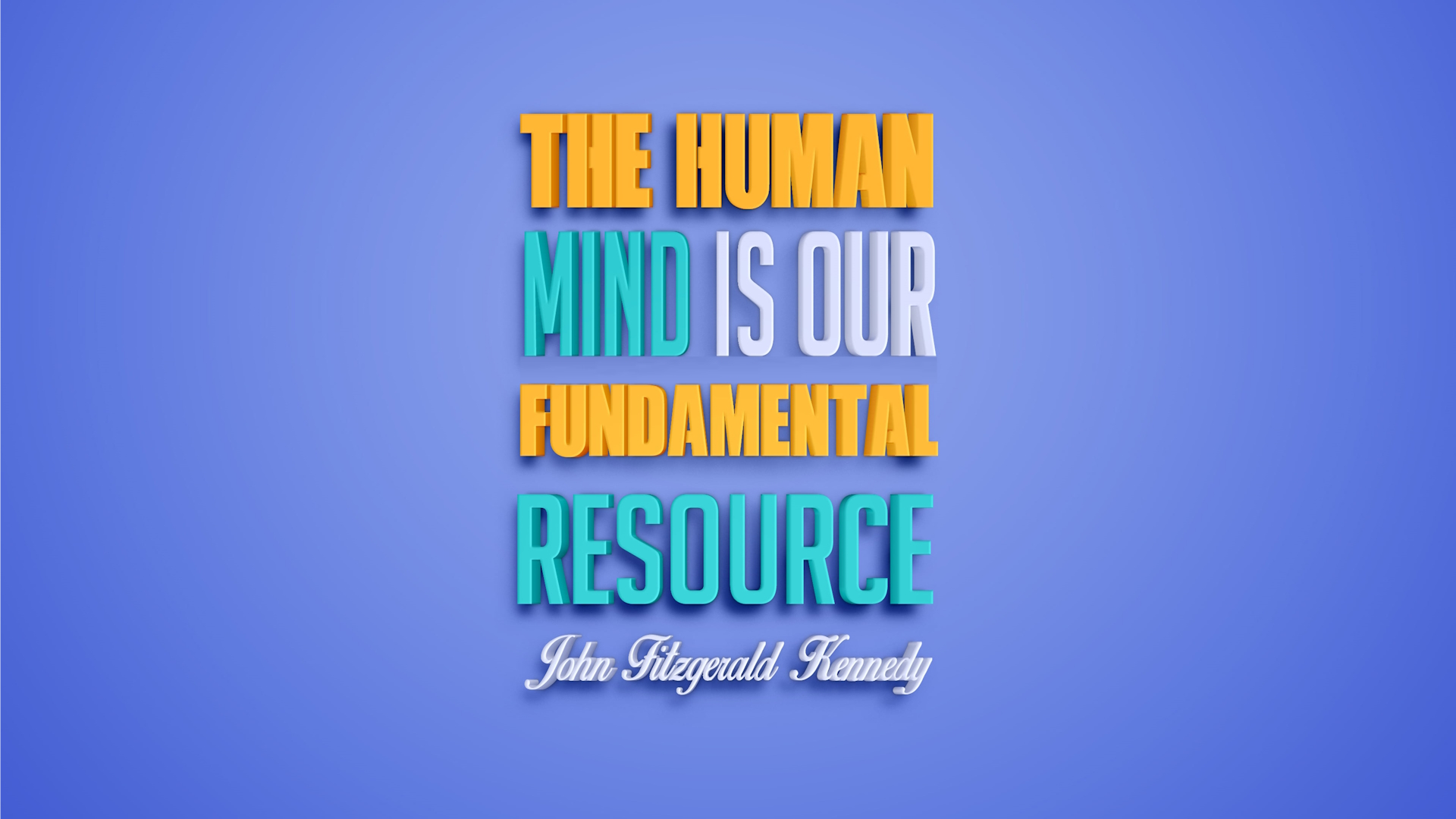
Emerging Innovator - Human Resources Index for Europe
Human resources includes three indicators and measures the availability of a high-skilled and educated workforce. Human resources includes New doctorate graduates in STEM, Population aged 25-34 with completed tertiary education, and Population aged 25-64 involved in lifelong learning activities.
Human resources
o New doctorate graduates (STEM) (% share)
o Population with tertiary education (% share)
o Population aged 25-64 involved in lifelong learning activities (%-shares)
o New doctorate graduates (STEM) (% share)
o Population with tertiary education (% share)
o Population aged 25-64 involved in lifelong learning activities (%-shares)
Denominator
Working age population aged 25-64
Working age population aged 25-64
Interpretation
Human Resources in Science & Technology (HRST) are people who fulfil one or other of the following conditions: 1) have successfully completed a tertiary level education; 2) not formally qualified as above but employed in a S&T occupation where the above qualifications are normally required.
Job-to-job mobility in this context is defined as the movement of individuals between one job and another from one year to the next. It does not include inflows into the labour market from a situation of unemployment or inactivity.
Mobility of skilled personnel affects the degree of knowledge creation, which is one of the key drivers of innovation.
Human Resources in Science & Technology (HRST) are people who fulfil one or other of the following conditions: 1) have successfully completed a tertiary level education; 2) not formally qualified as above but employed in a S&T occupation where the above qualifications are normally required.
Job-to-job mobility in this context is defined as the movement of individuals between one job and another from one year to the next. It does not include inflows into the labour market from a situation of unemployment or inactivity.
Mobility of skilled personnel affects the degree of knowledge creation, which is one of the key drivers of innovation.
DASHBOARD - EMERGING INNOVATOR - HUMAN RESOURCES INDEX

Calculating the Human Resource Index
| Overview of positive and negative outliers | Positive / Negative outlier |
| Human resources | |
| 1.1.1 New doctorate graduates in STEM | SI: 2013, 2016; CH: 2014-2020; UK 2018-2020 |
| 1.1.2 Percentage population aged 25-34 having completed tertiary education | LU: 2014-2021; RO: 2014-2021 |
| 1.1.3 Population aged 25-64 participating in lifelong learning | FI: 2014-2021; SE: 2014-2022 |
| Innovation dimension / Indicator | Skewness |
| Human resources | |
| 1.1.1 New doctorate graduates in STEM | 0.415 |
| 1.1.2 Population aged 25-34 having completed tertiary education | 0.005 |
| 1.1.3 Population aged 25-64 participating in lifelong learning | 0.579 |